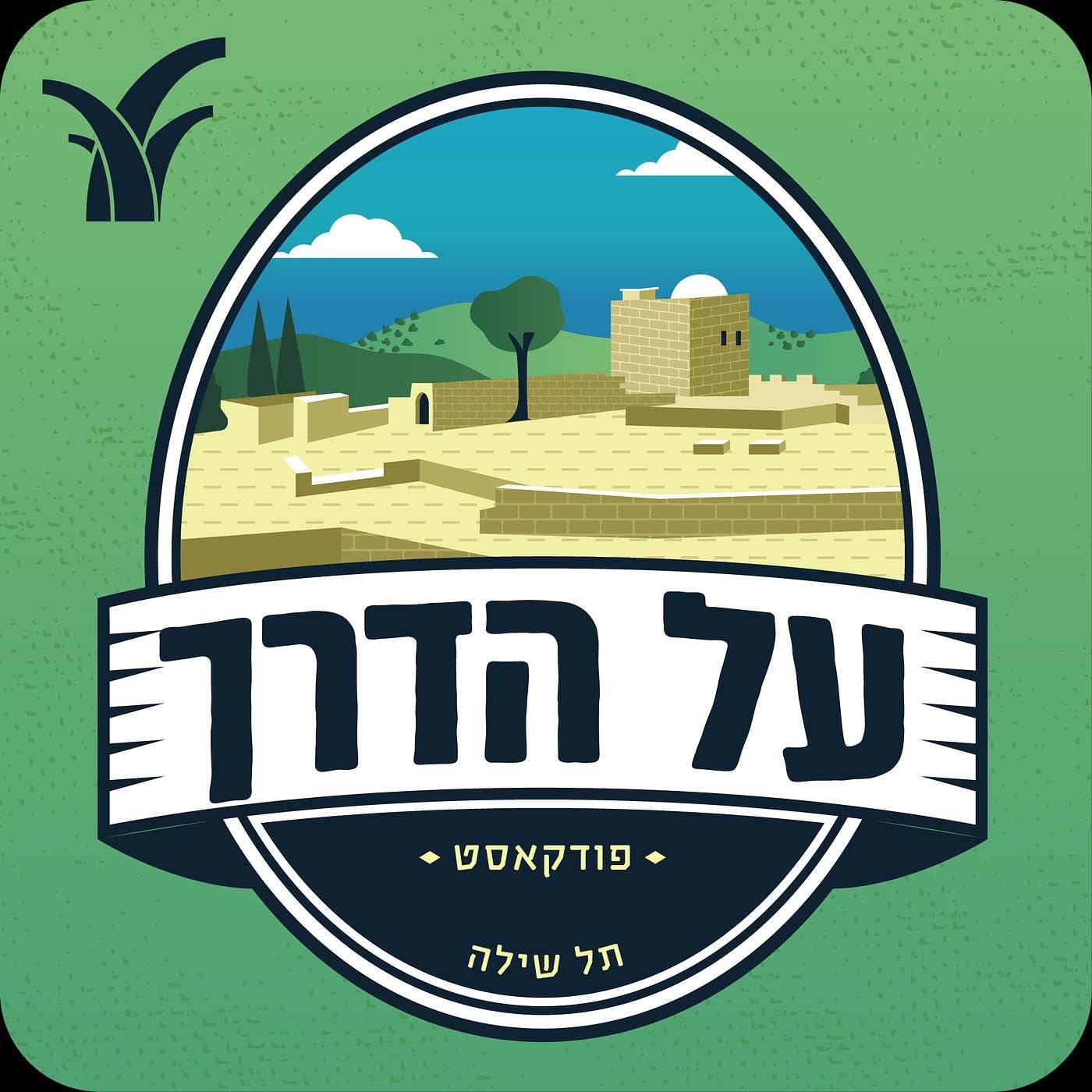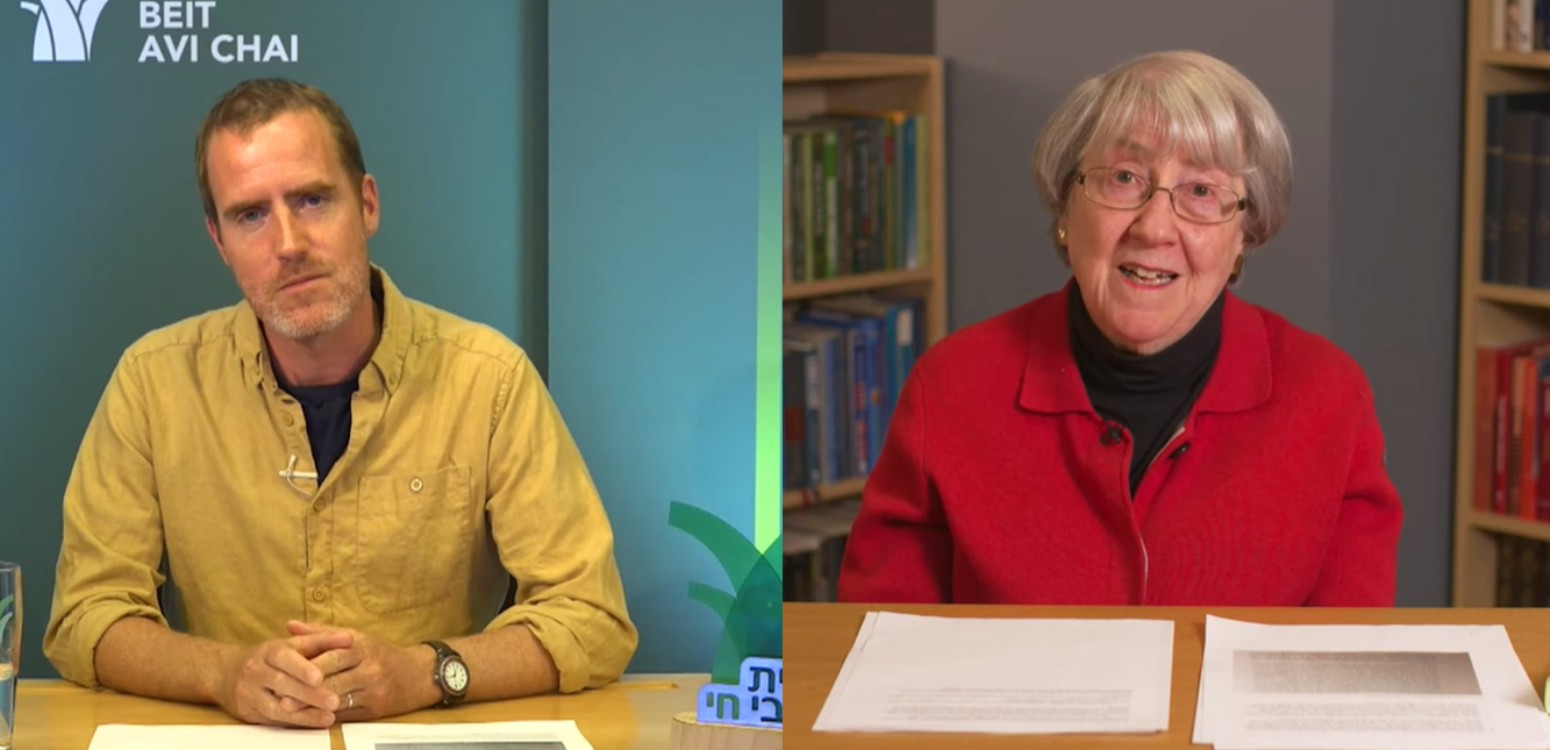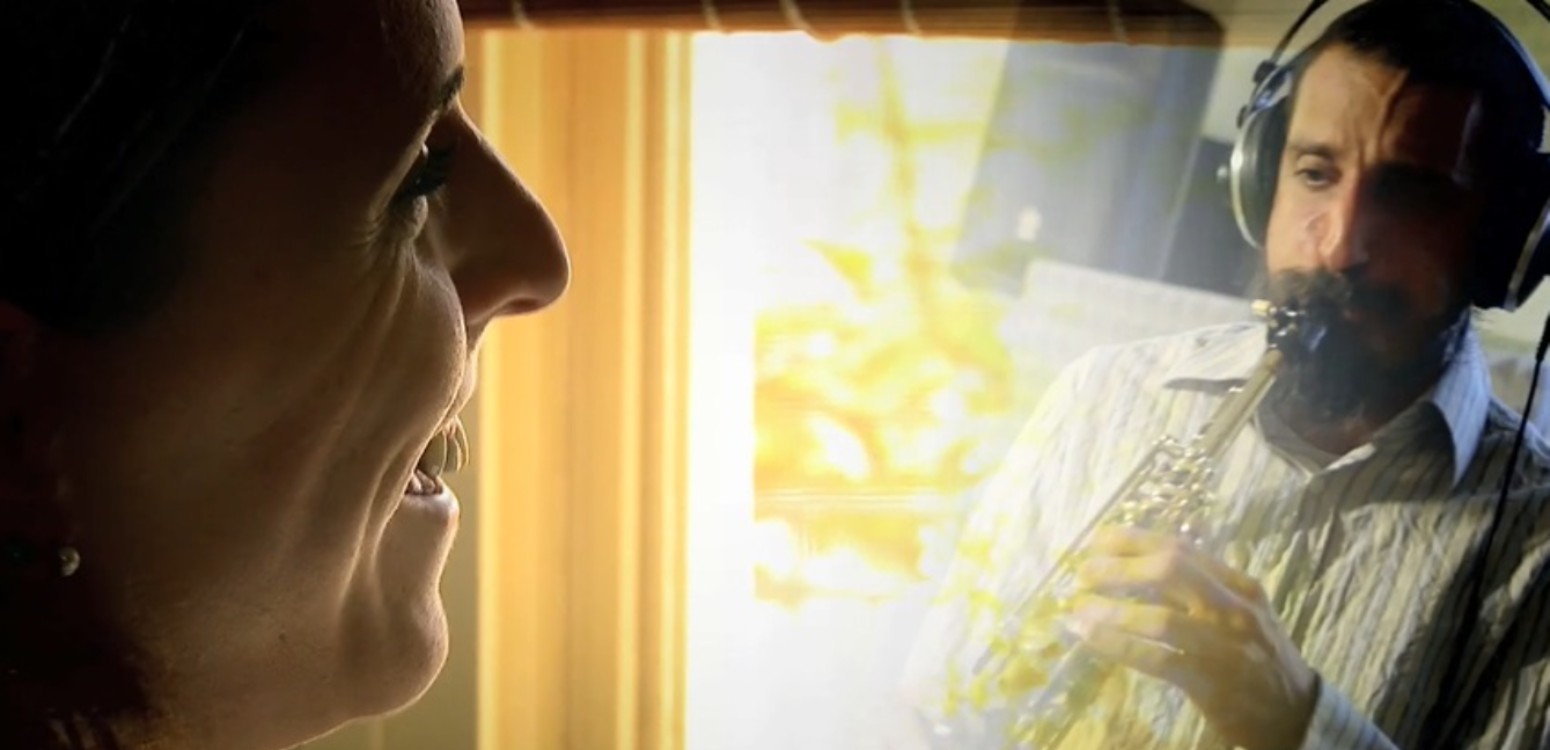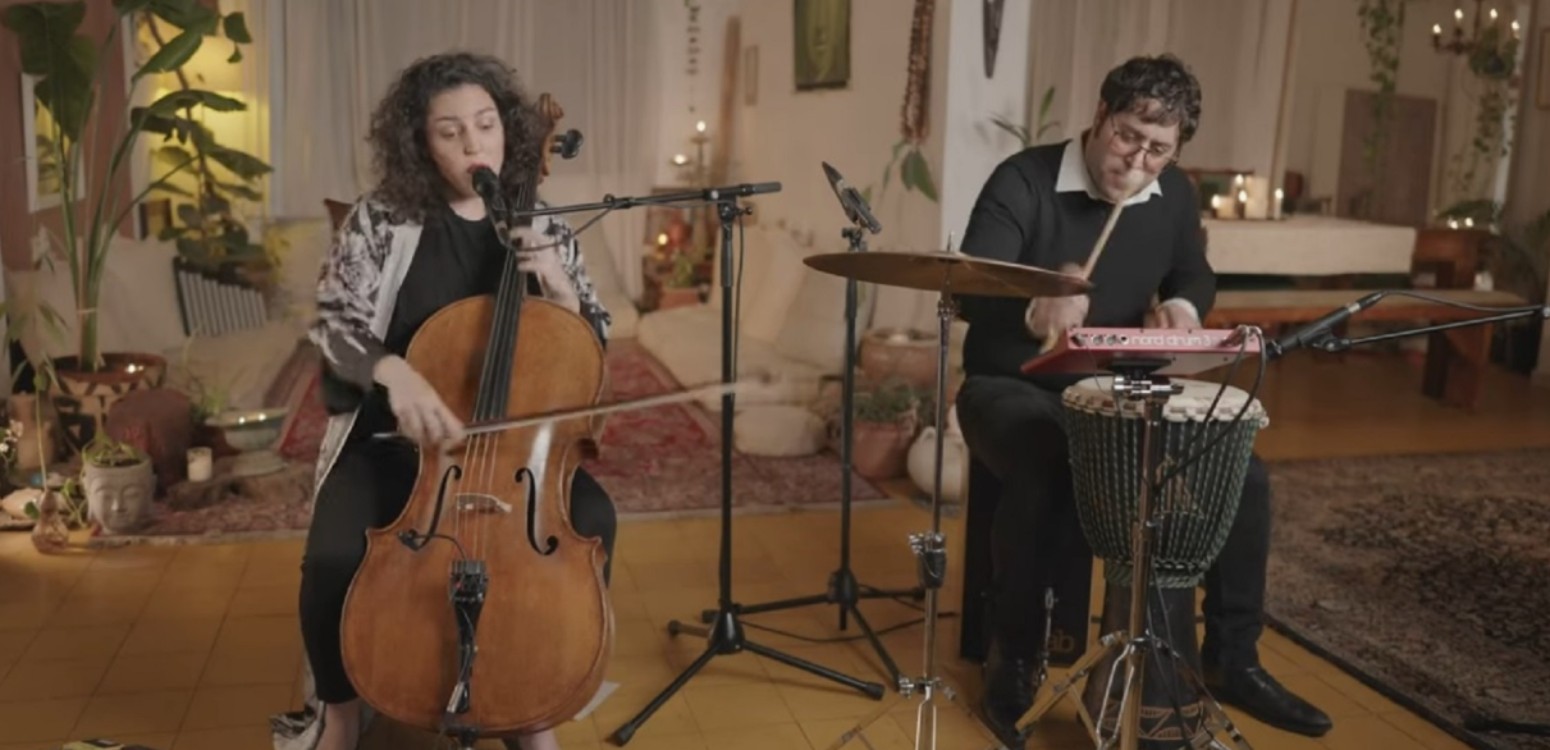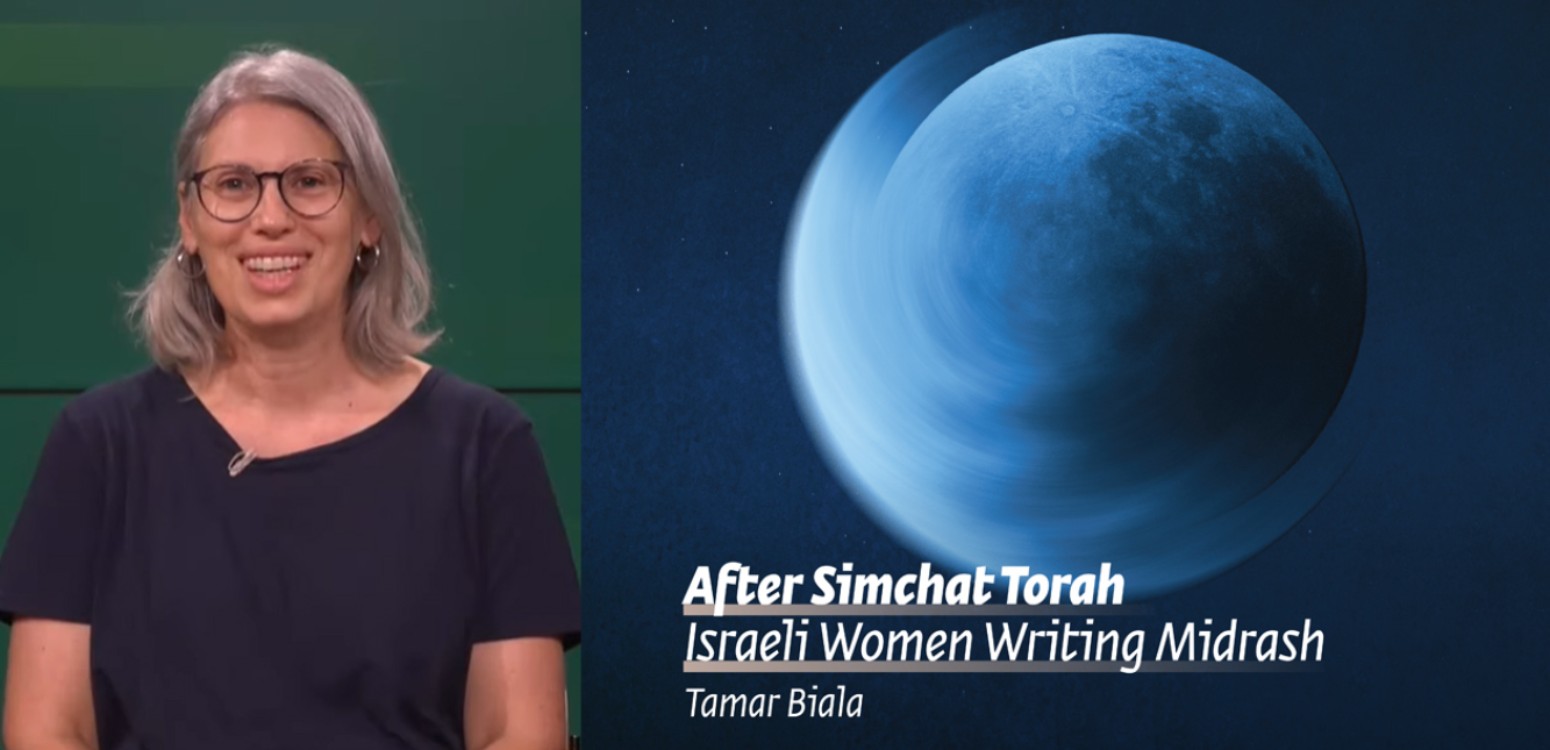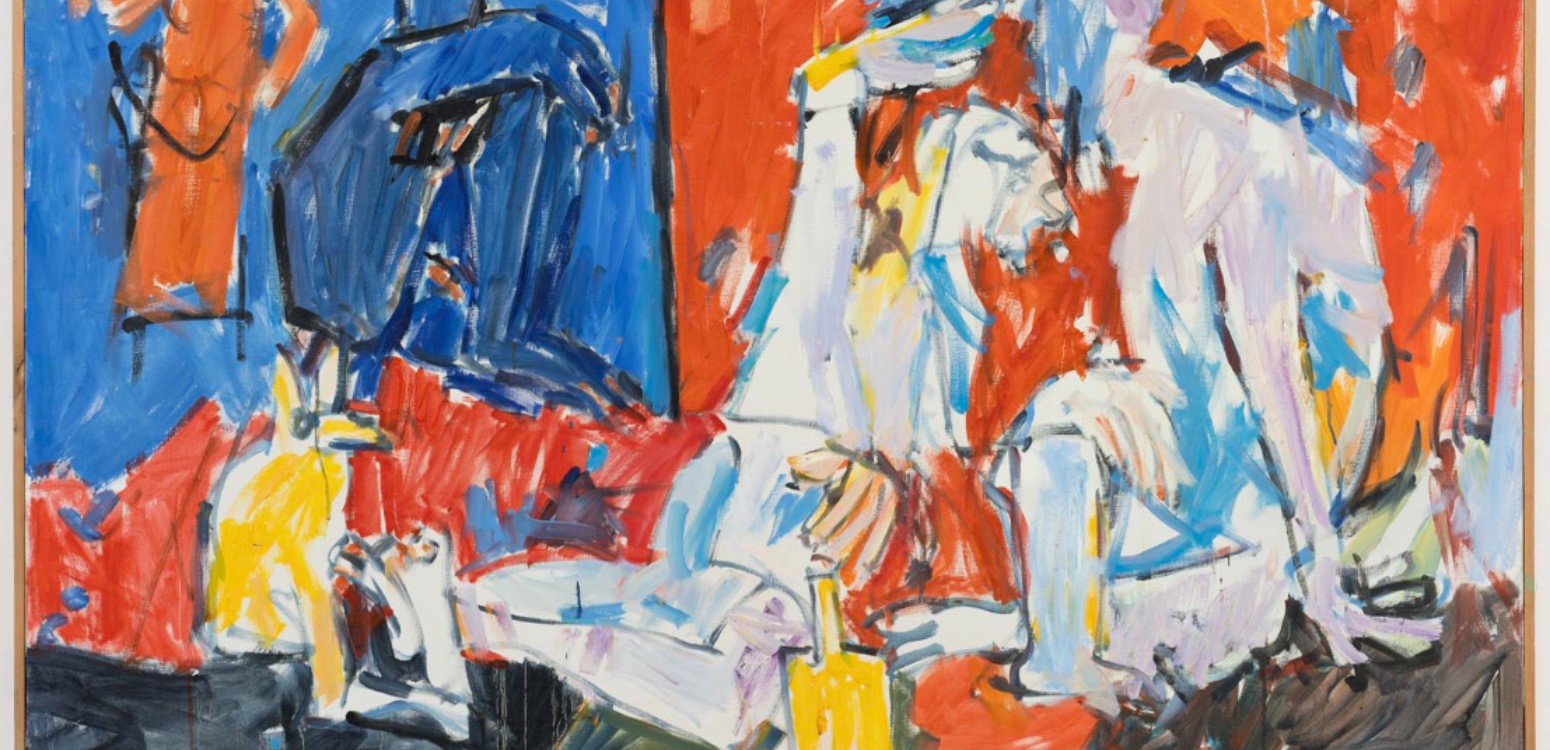
Can two kings serve with one crown? An ancient story about the sun and moon challenges our assumptions about power, hierarchy, and leadership
We are happy and excited to return from the short holiday break and begin a new round of articles connecting the weekly Torah portion to various issues in our contemporary lives. We’ll start, of course, with Genesis.
The fourth day of Creation is described in Parashat Bereshit as follows:
“God said: Let there be lights in the dome of the heavens, to separate the day from the night, that they may be for signs – for set-times, for days and years, and let them be for lights in the dome of the heavens, to provide light upon the earth! It was so. God made the two great lights, the greater light for ruling the day and the smaller light for ruling the night, and the stars. God placed them in the dome of the heavens to provide light upon the earth, to rule the day and the night, to separate the light from the darkness. And God saw that it was good. And there was evening and there was morning, a fourth day.” (Genesis 1: 14-19)
Go and diminish yourself
The text initially describes two great lights, but suddenly shifts to “the greater light” and “the smaller light.” What happened?
The Babylonian Talmud offers an ancient legend: The moon, originally created equal to the sun, challenges God: “Master of the Universe, is it possible for two kings to serve with one crown?” (Tractate Chullin 60b). In other words – can there really be two leaders at the top? Don’t we need one CEO, one chairperson? Someone has to be number two.
God’s response is swift: “Go and diminish yourself.” If you insist someone must be subordinate, you be the deputy. The moon protests: “Since I said a correct observation before You, must I diminish myself?” In essence: You made the error of creating two equal leaders – I merely pointed it out. Why am I being punished for speaking truth?
The beauty of co-leadership
What’s the message? The traditional reading sees the moon’s punishment as fitting: she spoke truth but acted manipulatively to seize sole power, so she lost power instead.
But what if we challenge the moon’s premise itself? What if the answer to “Can two kings serve with one crown?” is actually yes? Perhaps the divine ideal was always two great lights side by side. The vision of Creation is co-leadership – two people at the helm, making important decisions through dialogue.
Not everyone has what it takes
I know this from experience: I once served as co-CEO of the Democratic Institute, sharing equal authority with another leader. It was wonderful. Our differences in experience, personality, and perspective became a managerial strength rather than a liability.
Two kings can definitely serve with one crown – but only with aligned expectations, mutual trust, egos put to the side, and commitment to communication. The moon lacked these qualities. Her complaint revealed she wasn’t capable of true partnership, and so God determined she should diminish herself.
God’s atonement
The legend doesn’t end there. God tries to compensate the moon with other powers – people will set the calendar by her cycles, for instance – but the moon remains wounded. And understandably so: there’s a profound difference between accepting a secondary role from the start and being demoted after being created as an equal. The demotion itself is the injury.
In a remarkable twist, God acknowledges this injustice. “Bring atonement for me, since I diminished the moon,” God says. According to Reish Lakish (Shimon ben Lakish, c. 200 – c. 275), the goat offering of the new moon is nothing less than God’s own atonement for this act.
Even the divine struggle sometimes with the tension between hierarchy and partnership.
Perhaps that’s precisely why this legend speaks to us so powerfully. As we begin this new year, it invites us to reimagine leadership in our organizations, our communities, and our homes. Not just the possibility of two great lights sharing one crown – but perhaps even better, the possibility of many lights, each contributing their unique brightness to illuminate our shared world.
Shabbat Shalom and Shana Tova.
Lior Tal Sadeh is an educator, writer, and author of “What Is Above, What Is Below” (Carmel, 2022). He hosts the daily “Source of Inspiration” podcast, produced by Beit Avi Chai.
For more insights into Parashat Bereshit, listen to “Source of Inspiration”.
Translation of most Hebrew texts sourced from Sefaria.org
Main Photo: The Creation (1896–1902), by James Tissot\ Wikipedia
Also at Beit Avi Chai



